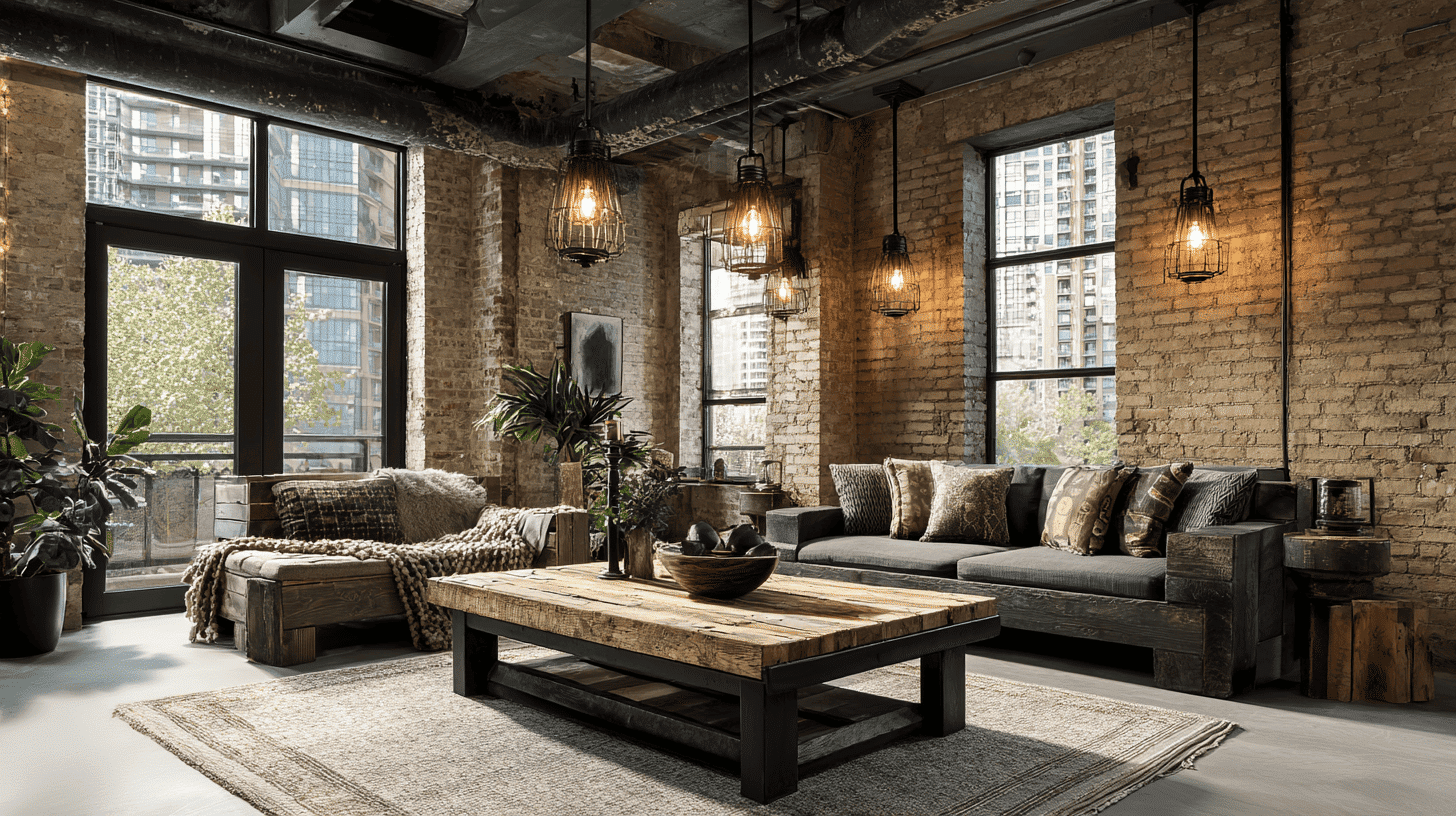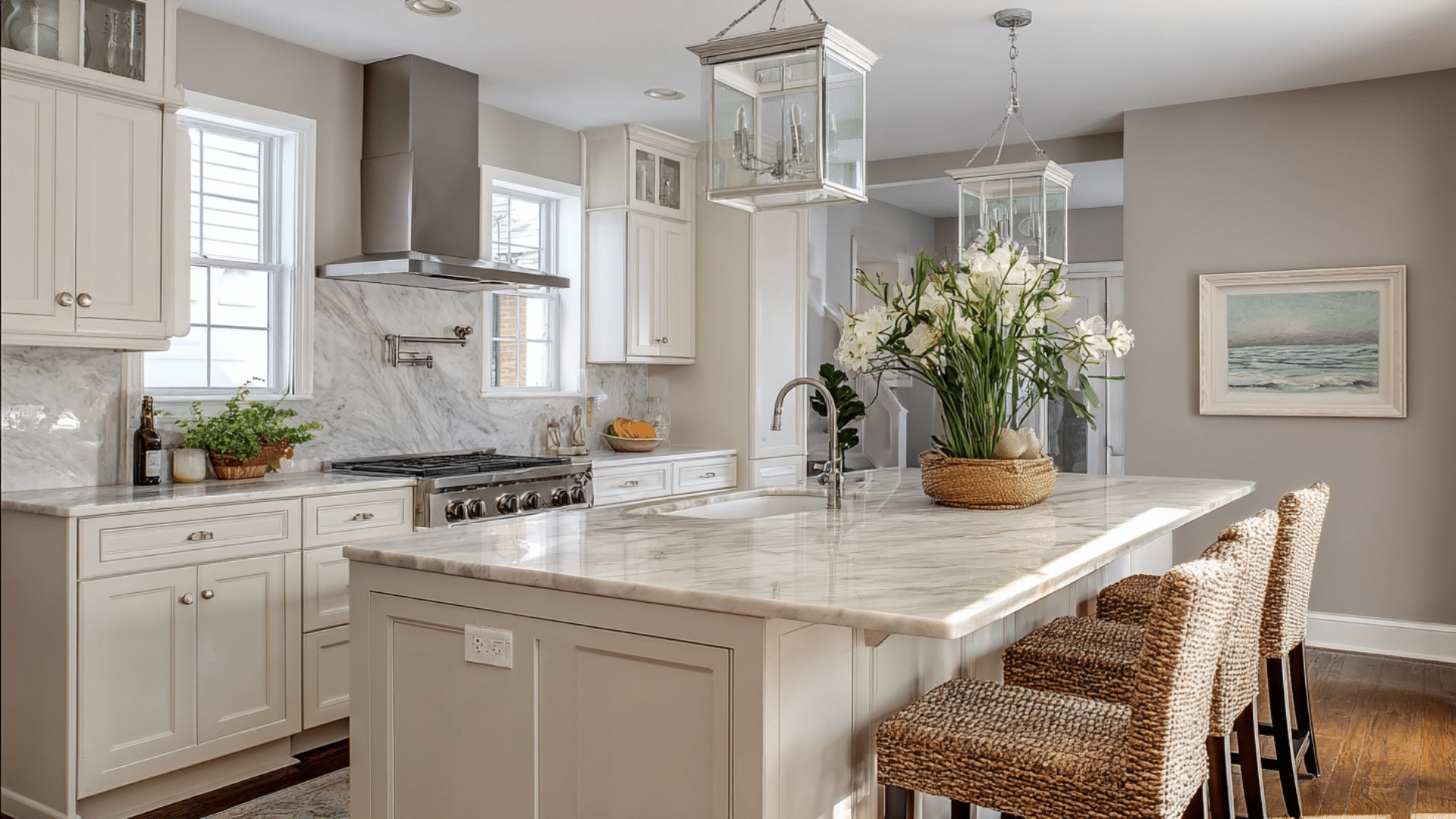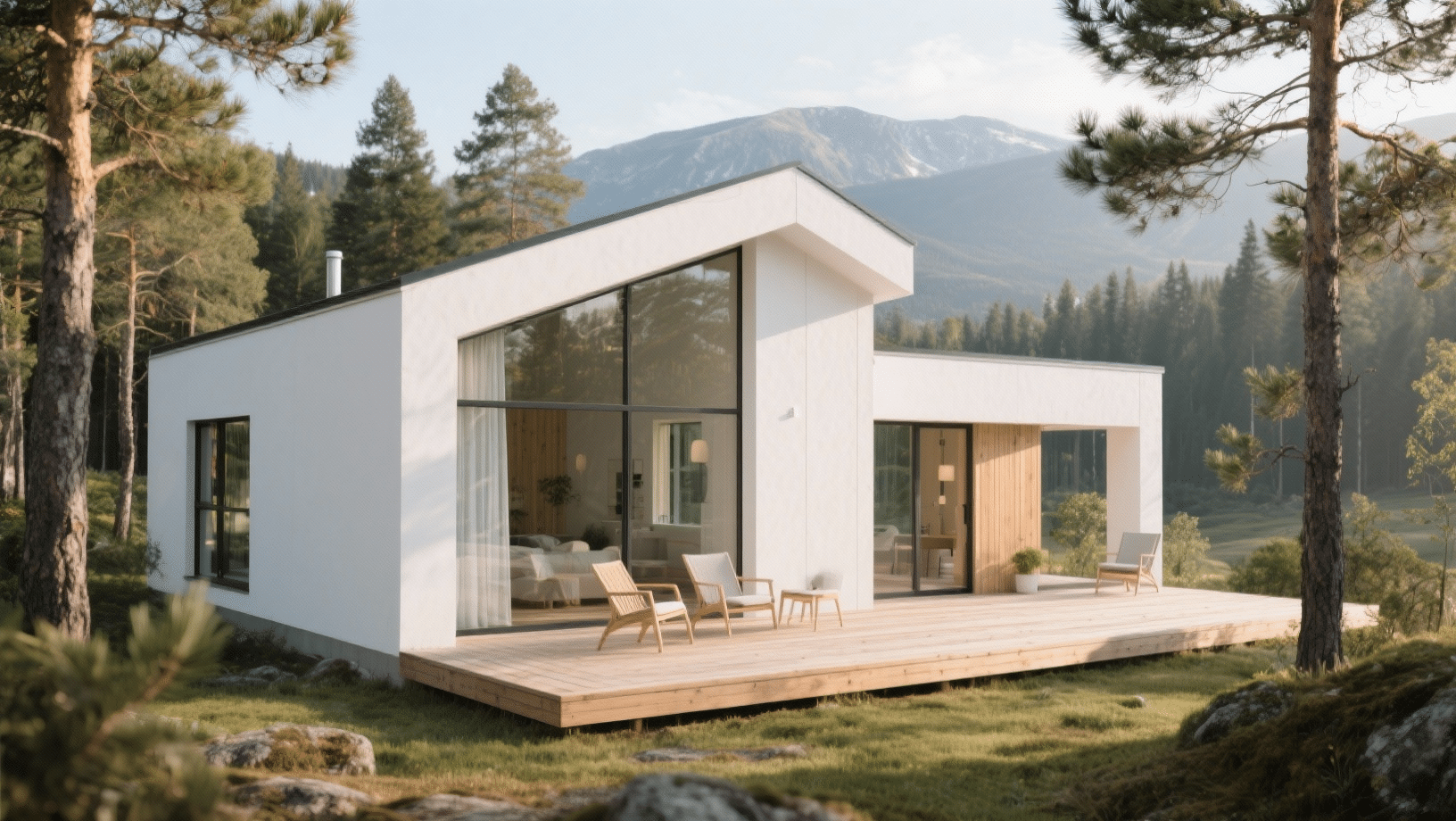Industrial interior design takes ideas from old factories and warehouses. It shows off a raw, unfinished look that values simple materials and wide, open spaces. Exposed brick, metal accents, and reclaimed wood are often used to make rooms feel rugged but still welcoming.
Unlike polished styles, industrial interior styles highlight flaws and rough textures. These details add personality and make each space unique.
Popular decor ideas include vintage lighting, metal pipes, weathered wood, neutral colors, and open layouts.
In this blog, we’ll look at the history of industrial design, its main features, and the materials and furniture that define this lasting style.
The History and Evolution of Industrial Interior Design
The roots of industrial interior design stretch back to the 18th and 19th centuries, during the Industrial Revolution.
Factories, warehouses, and mills were built with practicality in mind, with large windows for light, strong beams for support, and raw materials for durability.
By the mid-20th century, many of these structures were abandoned as industries modernized. Artists and designers began converting them into lofts and studios, embracing their rugged charm rather than covering it up.
This shift changed once-functional industrial spaces into highly desirable living areas.
Today, industrial interiors continue to evolve, blending with minimalism, rustic warmth, and contemporary design to fit modern lifestyles.
Key Characteristics That Define Industrial Style
Industrial interior design is characterized by a distinct set of features that celebrate simplicity, structure, and the use of high-quality materials.
- Exposed structural elements: Visible beams, ductwork, and brick walls showcase raw construction.
- Neutral, muted palettes: Greys, blacks, and browns form the foundation, with leather or warm wood accents for balance.
- Raw and reclaimed materials: Concrete, steel, repurposed timber, and distressed finishes highlight realism.
- Open, airy layouts: Large windows and uncluttered floor plans foster natural light and flow.
- Functional furniture: Minimalist designs with industrial edges, like metal-framed tables and leather seating.
- Vintage industrial lighting: Pendant lamps, Edison bulbs, and oversized fixtures emphasize character and history.
These traits collectively create spaces that are both rugged and refined, striking a balance between form and function.
Core Elements That Define Industrial Interior Design
To capture industrial style, understand its foundational elements, materials, and accessories that create functional spaces.
1. Raw and Reclaimed Materials
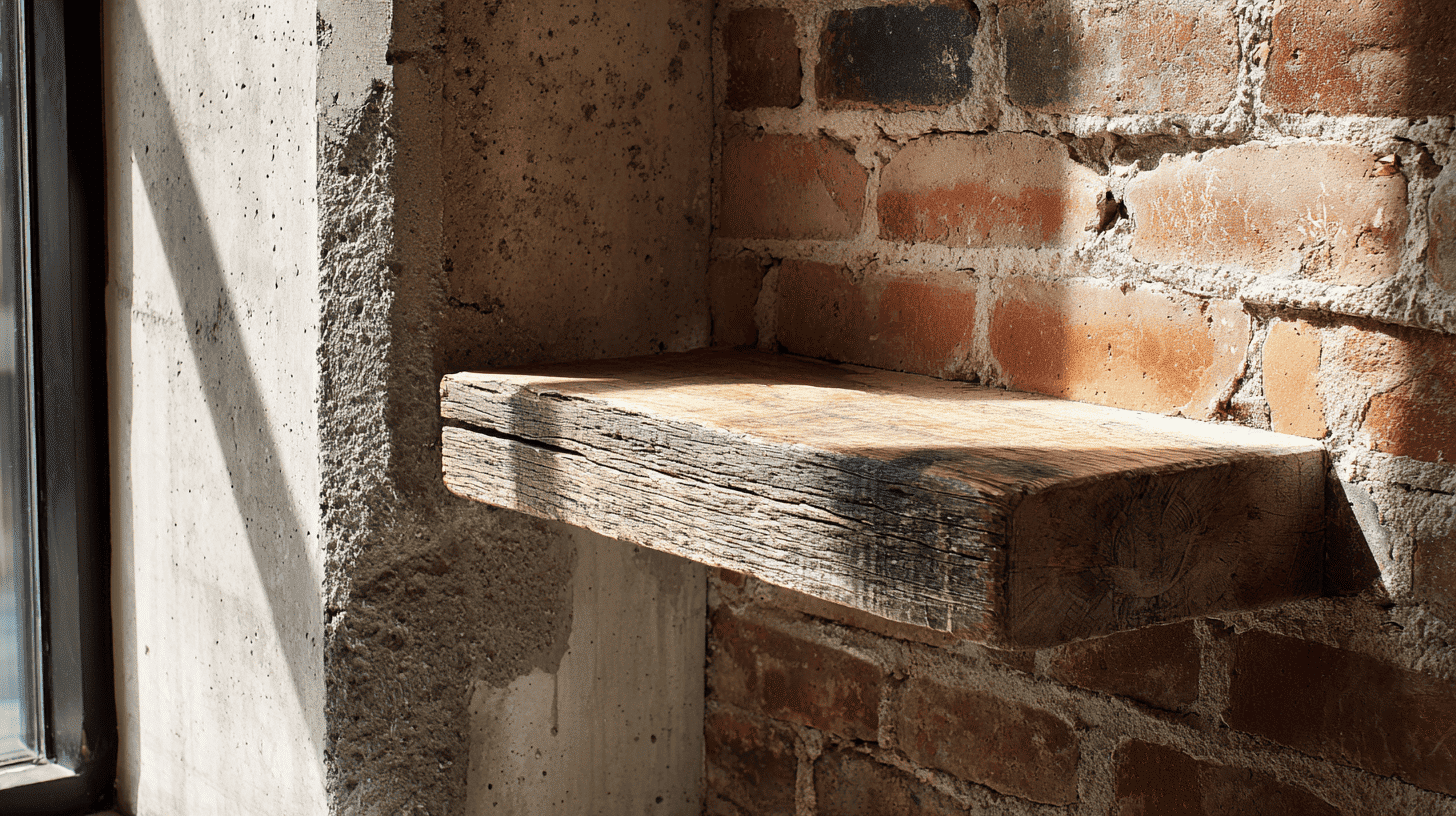
Industrial design thrives on materials that tell a story through their imperfections. Exposed brick walls, concrete floors, weathered steel, and reclaimed wood add a sense of durability and raw texture.
Their patina highlights structural honesty, while their natural tones add warmth, converting cold factory aesthetics into inviting, character-filled spaces.
2. Neutral and Earth-Toned Color Palettes
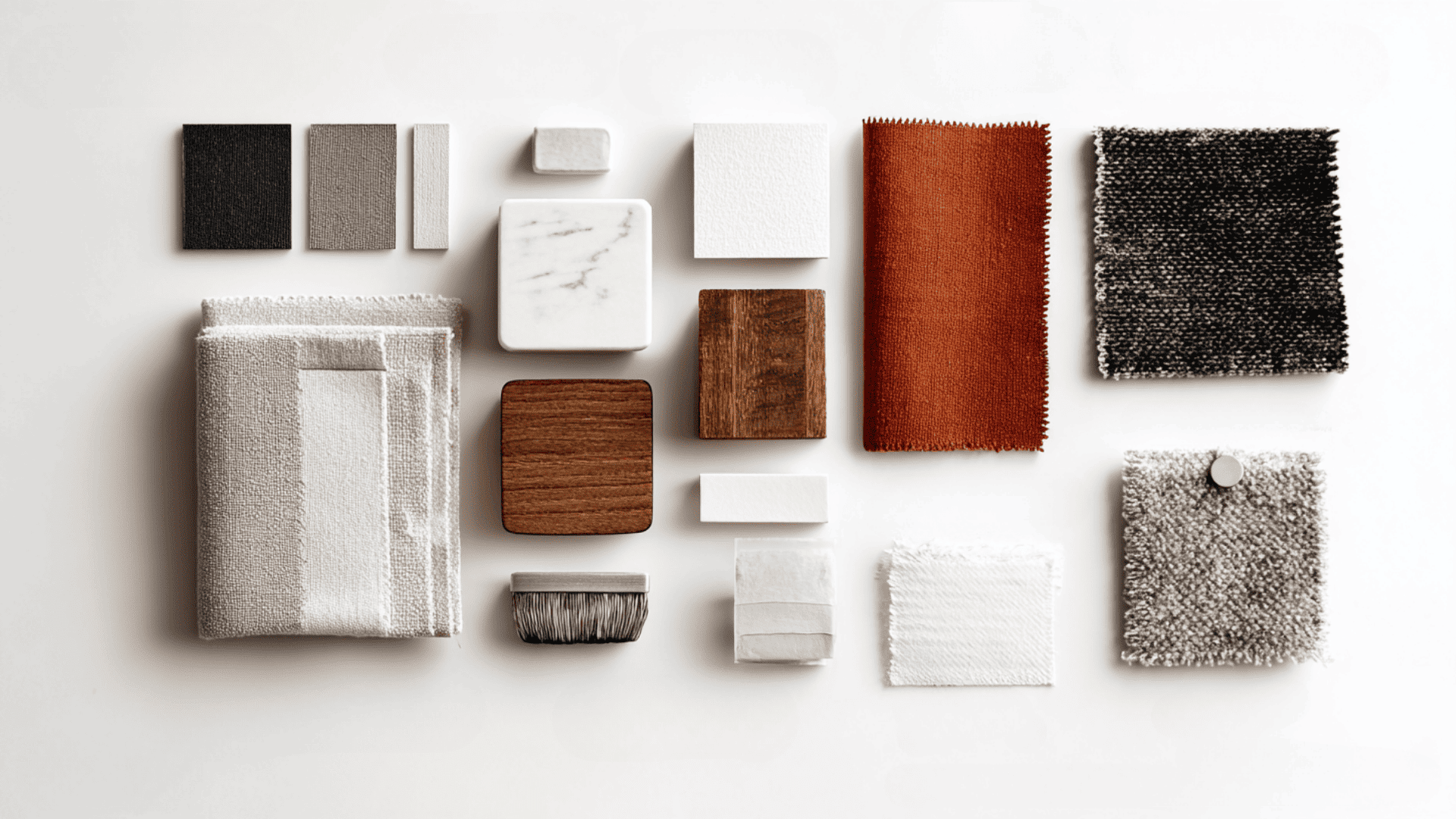
Muted colors form the backbone of industrial interiors. Shades of grey, black, brown, and white set a minimalist yet moody tone.
To soften the starkness, earthy accents like rust, burnt orange, and forest green are introduced.
These subtle highlights create depth, adding warmth and contrast without overshadowing raw, industrial finishes.
3. Minimalist, Functional Industrial Furniture
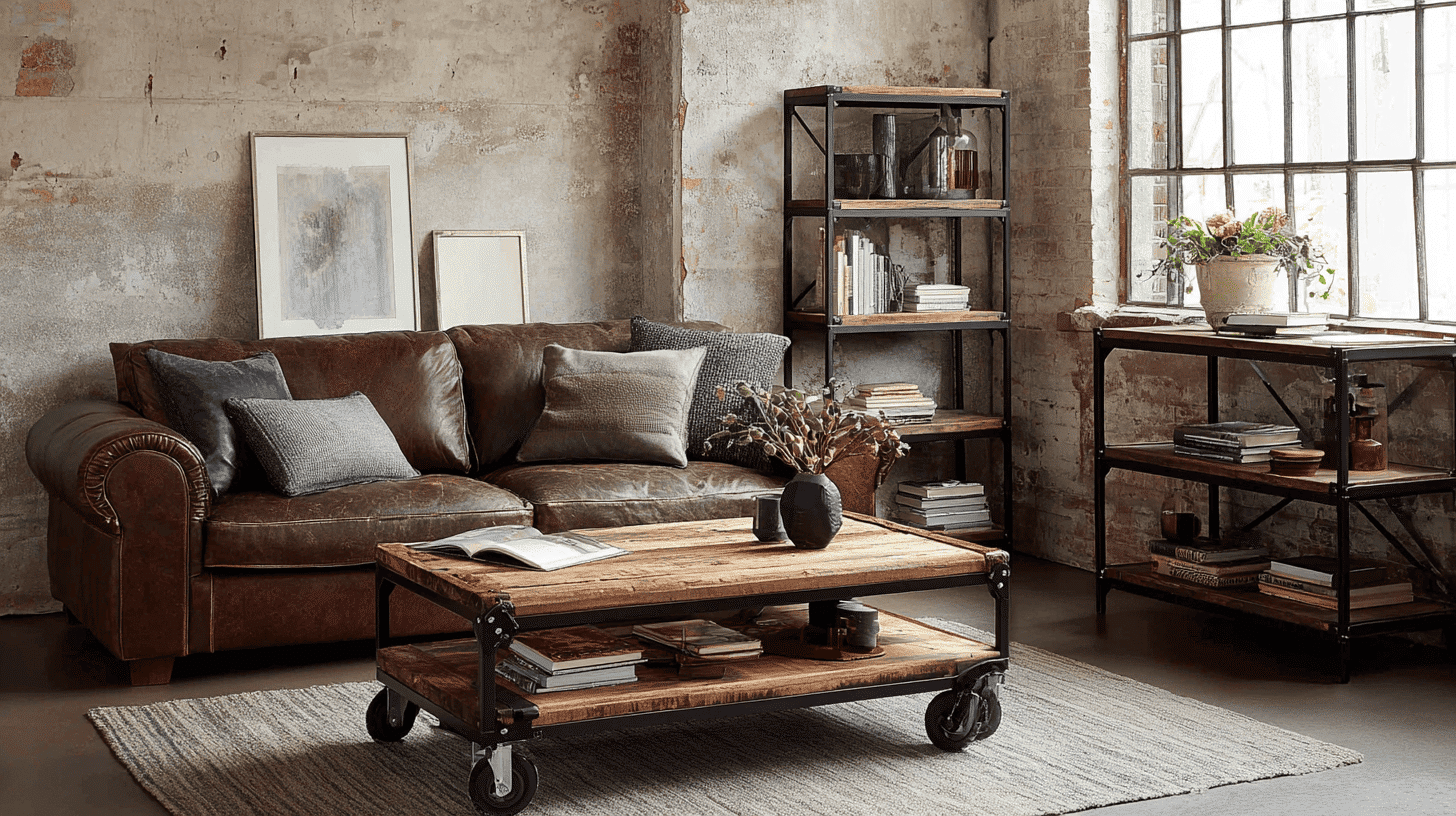
Furniture in industrial spaces embraces simplicity and durability.
Metal-framed tables, leather sofas, and reclaimed wood shelving emphasize utility while keeping style intact. Clean lines, vintage finishes, and distressed textures reference factory origins.
These pieces blend practicality with raw charm that makes industrial interiors both stylish and livable.
4. Vintage-Inspired Statement Lighting
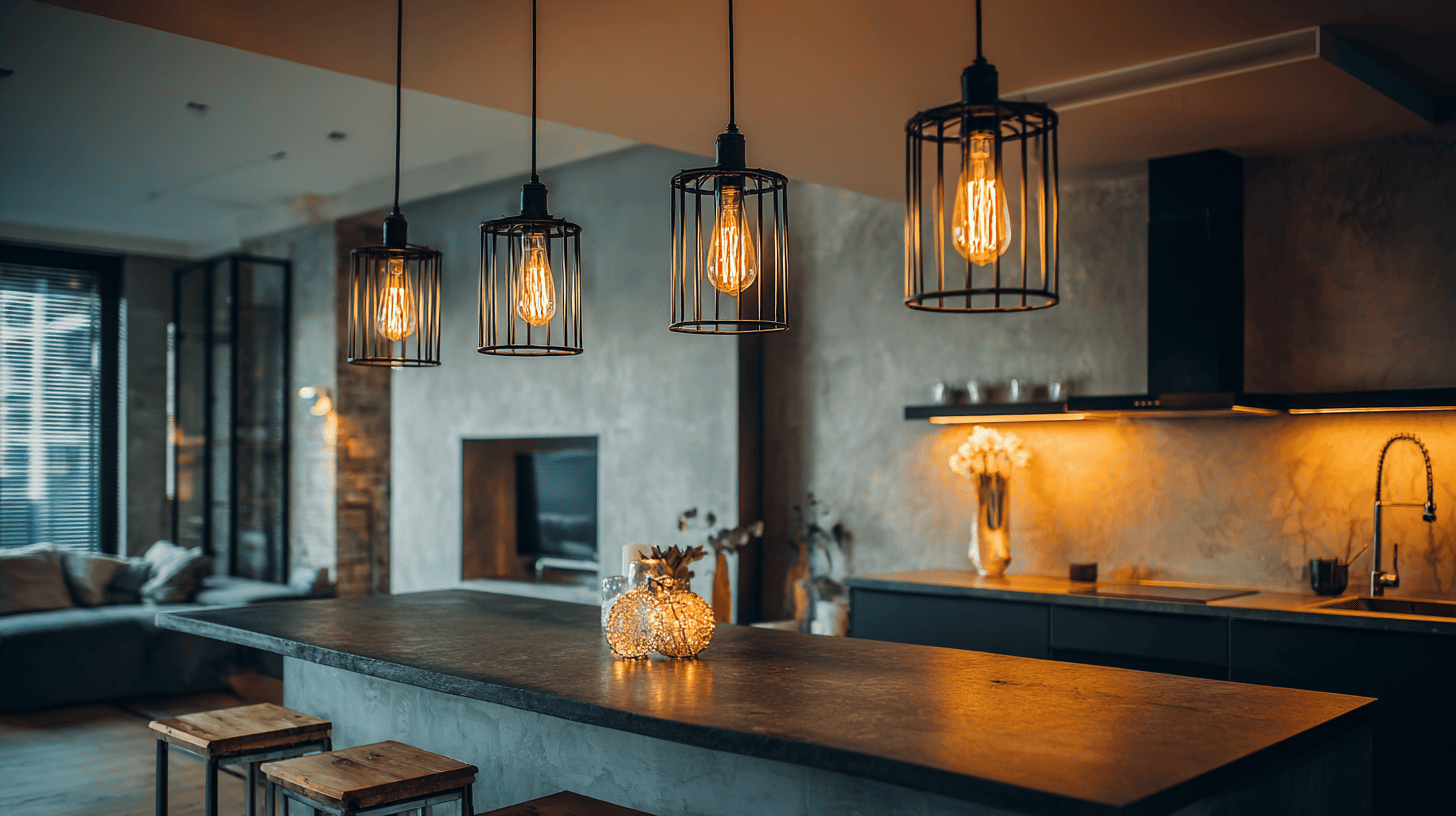
Lighting plays a defining role in industrial design. Pendant lamps, Edison bulbs, and cage-style fixtures capture the heritage of old factories.
These lights serve as bold decorative features, casting warm glows that soften raw materials like concrete and steel, balancing industrial grit with a welcoming atmosphere.
5. Bold Artwork and Industrial Expression
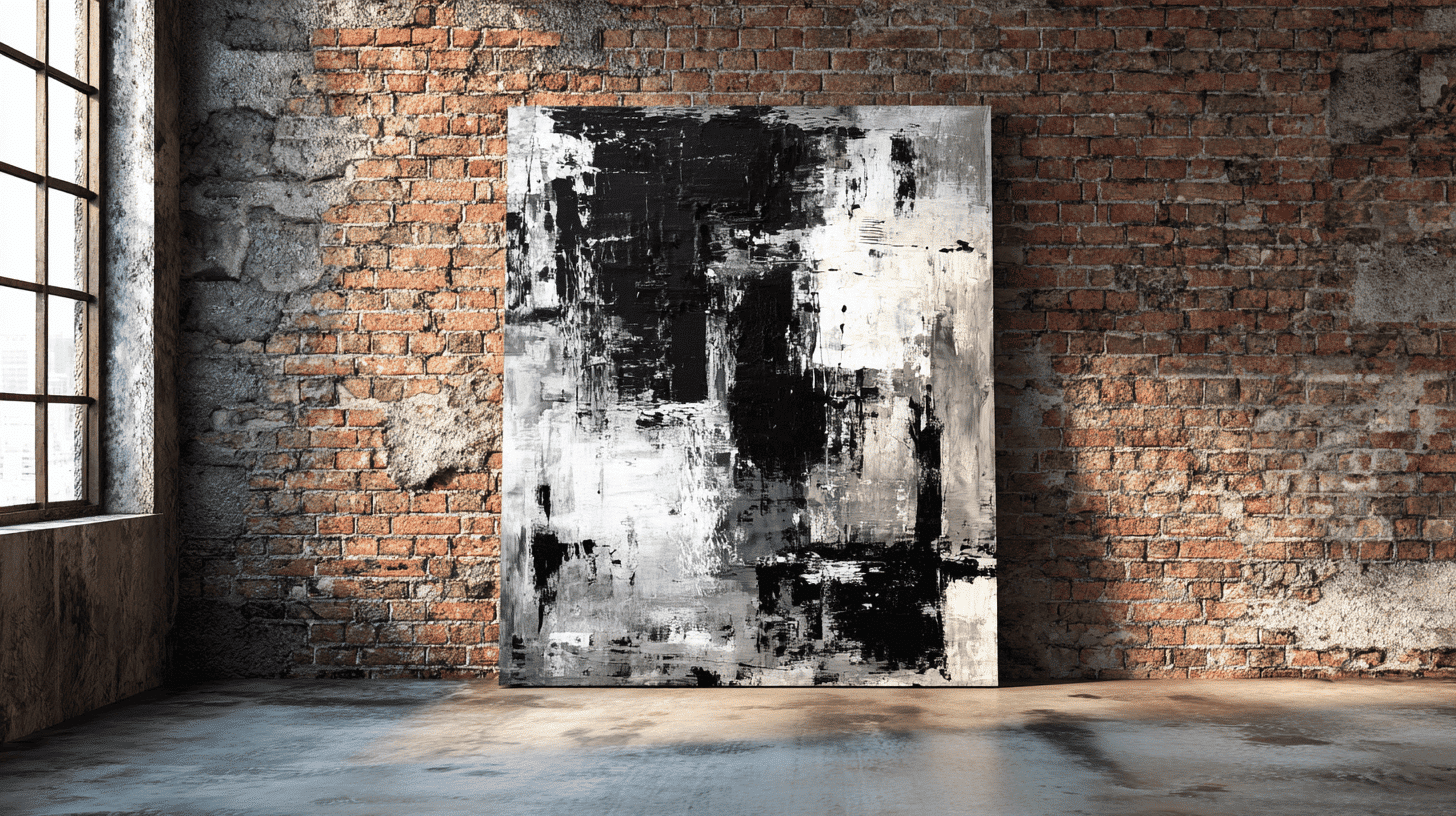
Industrial interiors often feature large-scale art or reclaimed signage as focal points. Abstract and minimalist prints, along with sculptures made of concrete or metal, add artistic flair while staying true to the theme.
These pieces personalize spaces, reinforcing industrial storytelling while infusing modern creativity into an otherwise rugged environment.
6. Bringing Nature Into Industrial Spaces
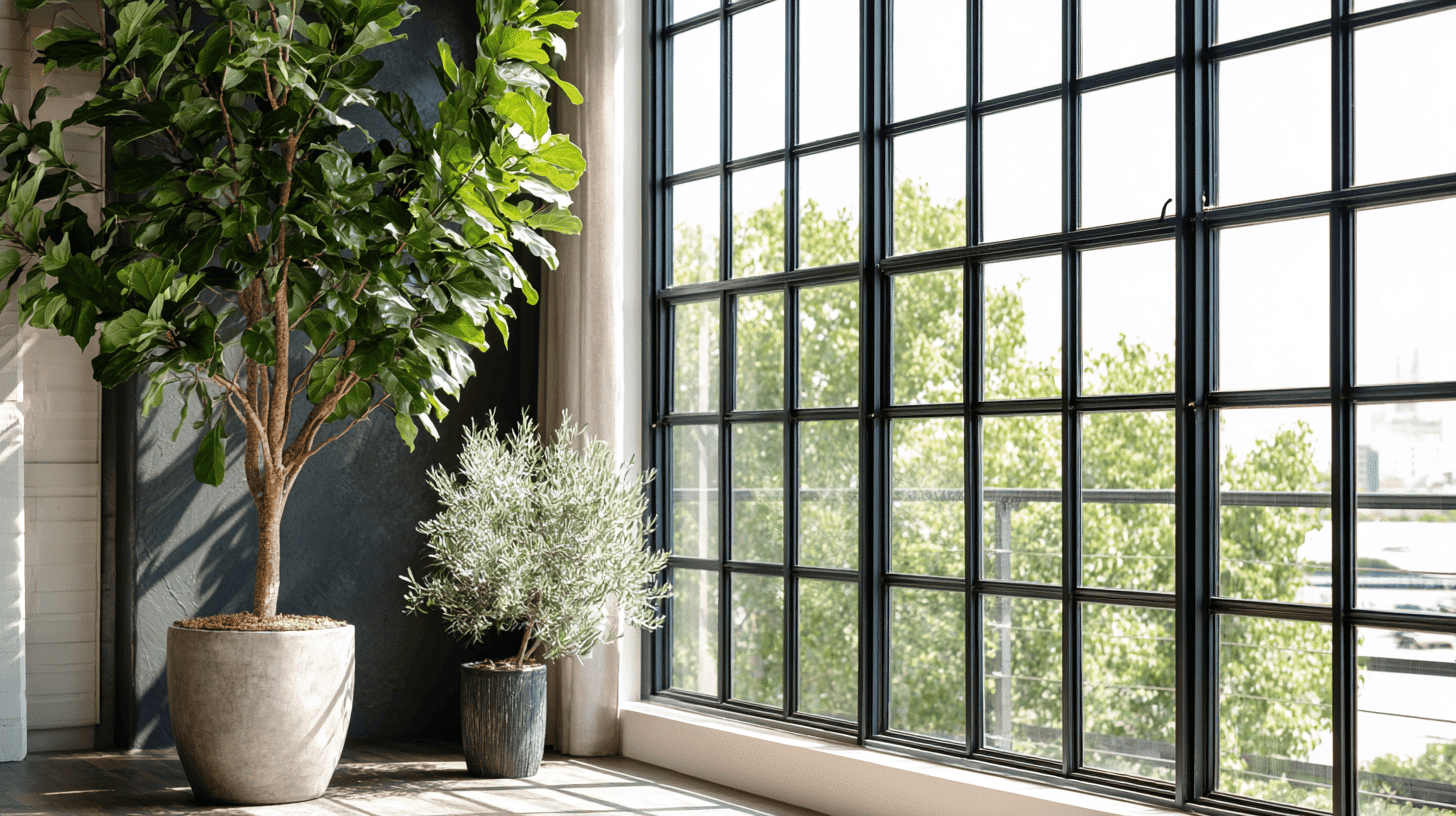
Greenery introduces balance to the starkness of industrial interiors. Potted trees, climbing plants, or succulents add softness, natural color, and freshness.
By pairing organic greenery with hard materials like concrete and steel, spaces feel more inviting and less sterile.
Plants highlight contrast, ensuring industrial design remains both bold and livable.
7. Curated Accessories and Vintage Details
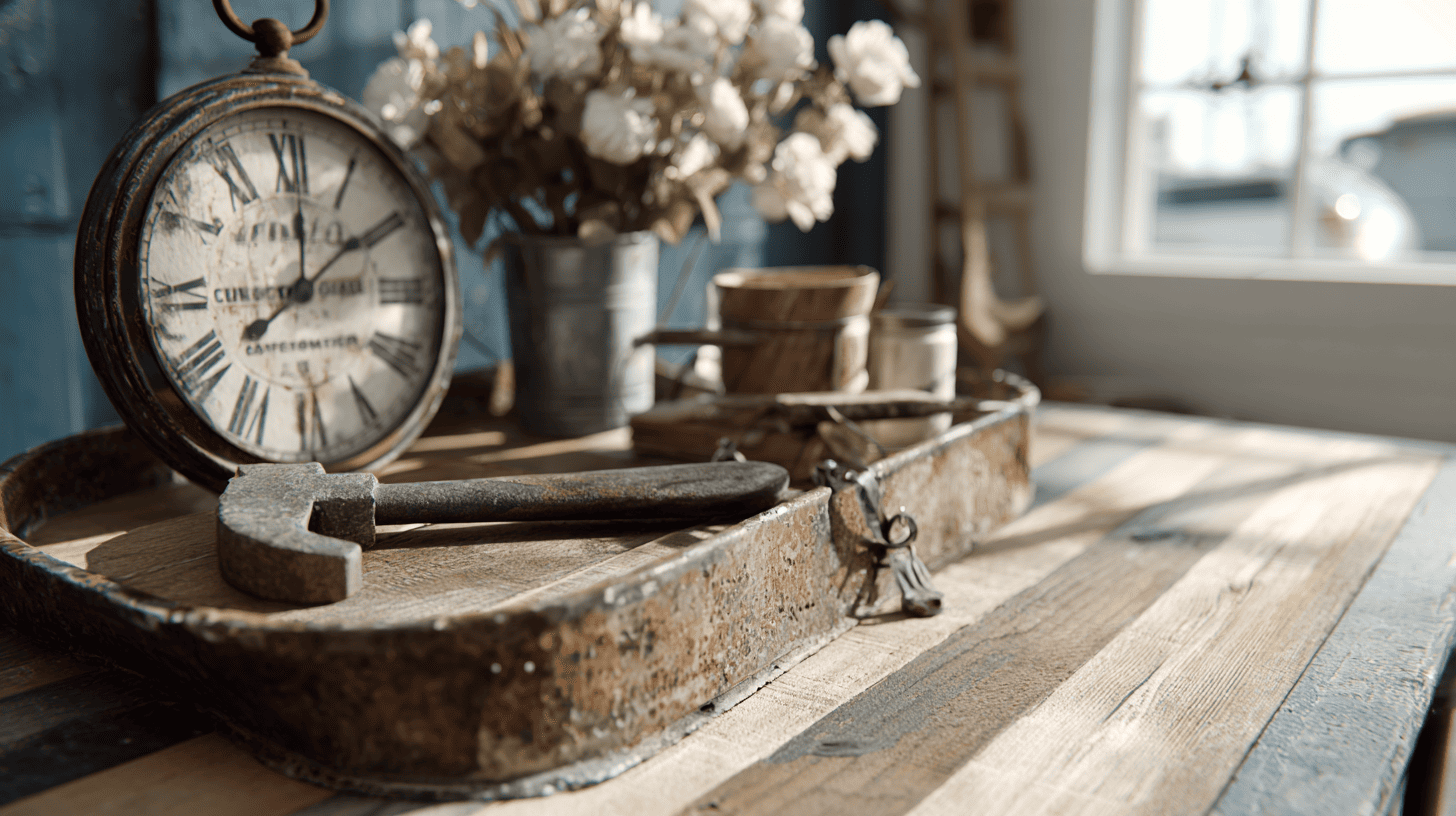
Accessories give industrial interiors depth and character.
Think antique gears, repurposed factory carts, vintage clocks, or metal storage lockers. These details nod to industrial heritage while adding individuality.
When thoughtfully selected, they avoid clutter and create layered, lived-in spaces that highlight history while remaining stylish, original, and functional.
How to Incorporate Industrial Design Into Modern Homes
One of the greatest strengths of industrial style is its flexibility. Whether you live in a city loft or a suburban home, the aesthetic can adapt with a few thoughtful touches:
- Blend with other styles: Pair industrial features with rustic woods for warmth or sleek modern lines for a contemporary feel.
- Residential spaces: Use exposed shelving in kitchens, mix leather and brick in living rooms, or add industrial lighting in bedrooms.
- Commercial settings: Offices, cafés, and studios benefit from open layouts and functional furniture.
- Add comfort: Layer rugs, soft textiles, and greenery to prevent spaces from feeling too cold or harsh.
The key is balance; combining industrial rawness with modern comfort creates interiors that feel stylish yet inviting.
Wrapping it Up
Industrial interior design mixes history, raw materials, and practical beauty in a way that still inspires homes today.
By using unfinished surfaces, exposed structures, and vintage-style decor, you can create rooms full of warmth and character. This style blends rough textures with small, thoughtful details, making spaces both inviting and stylish.
From city lofts to family homes, industrial design works in many settings while staying true to its original roots. With the right mix of materials, furniture, and accents, any room can become a retreat that honors the past and fits modern life.
Industrial design is flexible, creative, and built to last.
Frequently Asked Questions (FAQ’s)
What Types of Flooring Work Best in Industrial-Style Interiors?
Concrete, hardwood, and polished cement floors complement industrial designs, adding to the raw, durable aesthetic while maintaining functional classiness and easy maintenance.
Can Industrial Design Be Eco-Friendly?
Yes, using reclaimed wood, recycled metals, and sustainable materials makes industrial interiors environmentally responsible and adds realism with a vintage-industrial charm.
How Do Large Windows Affect Industrial Design?
Large windows enhance natural light, create an open, airy feel, and highlight architectural details, which are key to the spacious and raw appeal of industrial spaces.
What Lighting Is Typical for Industrial Interiors?
Vintage-style pendant lamps, Edison bulbs, and metal fixtures emphasize rugged character and historical realism while providing warm, atmospheric illumination.
Is Industrial Style Suitable for Small Spaces?
Yes, industrial design’s open layouts and minimalist furniture help maximize space and light, making small areas feel less cramped and more functional.

